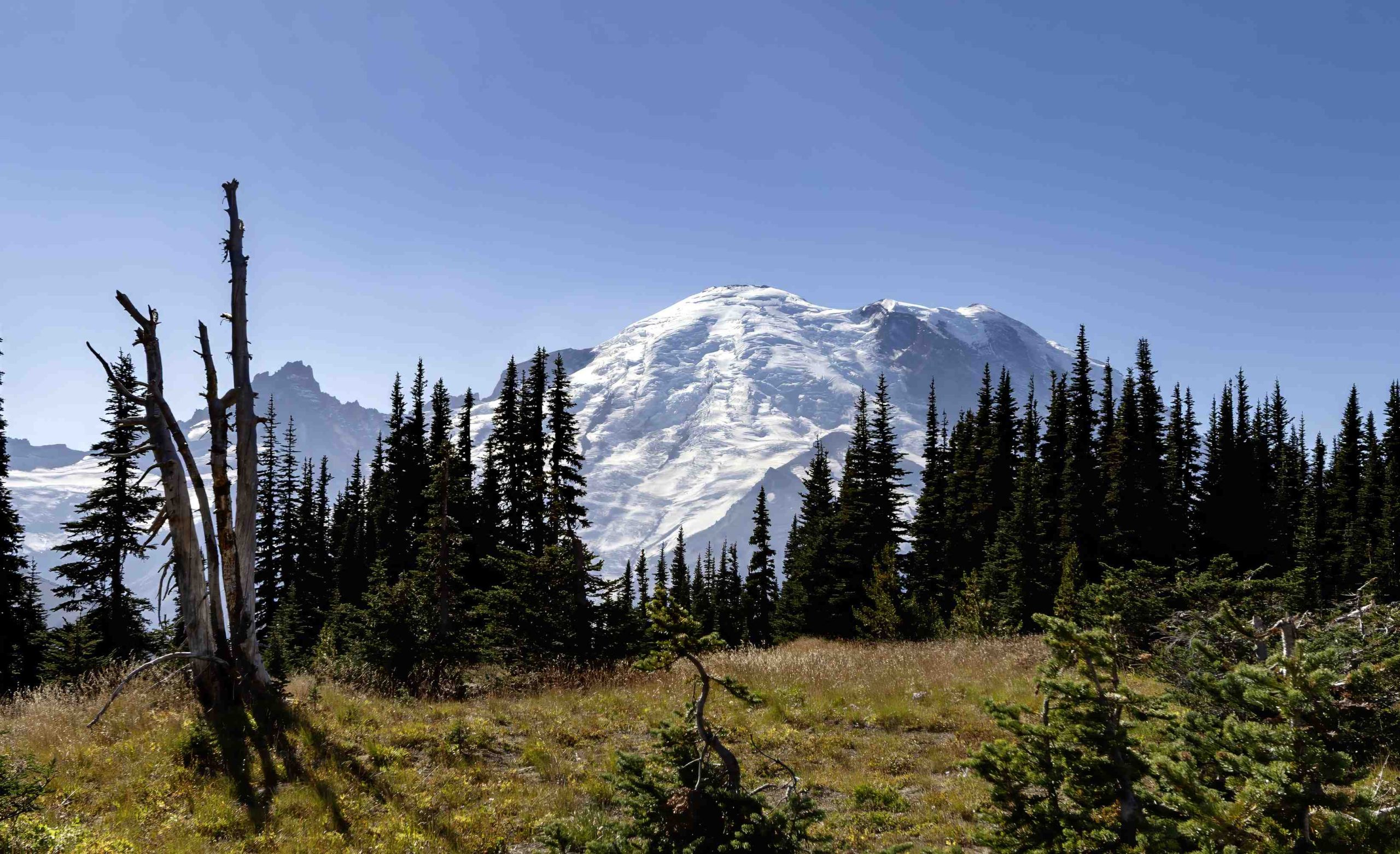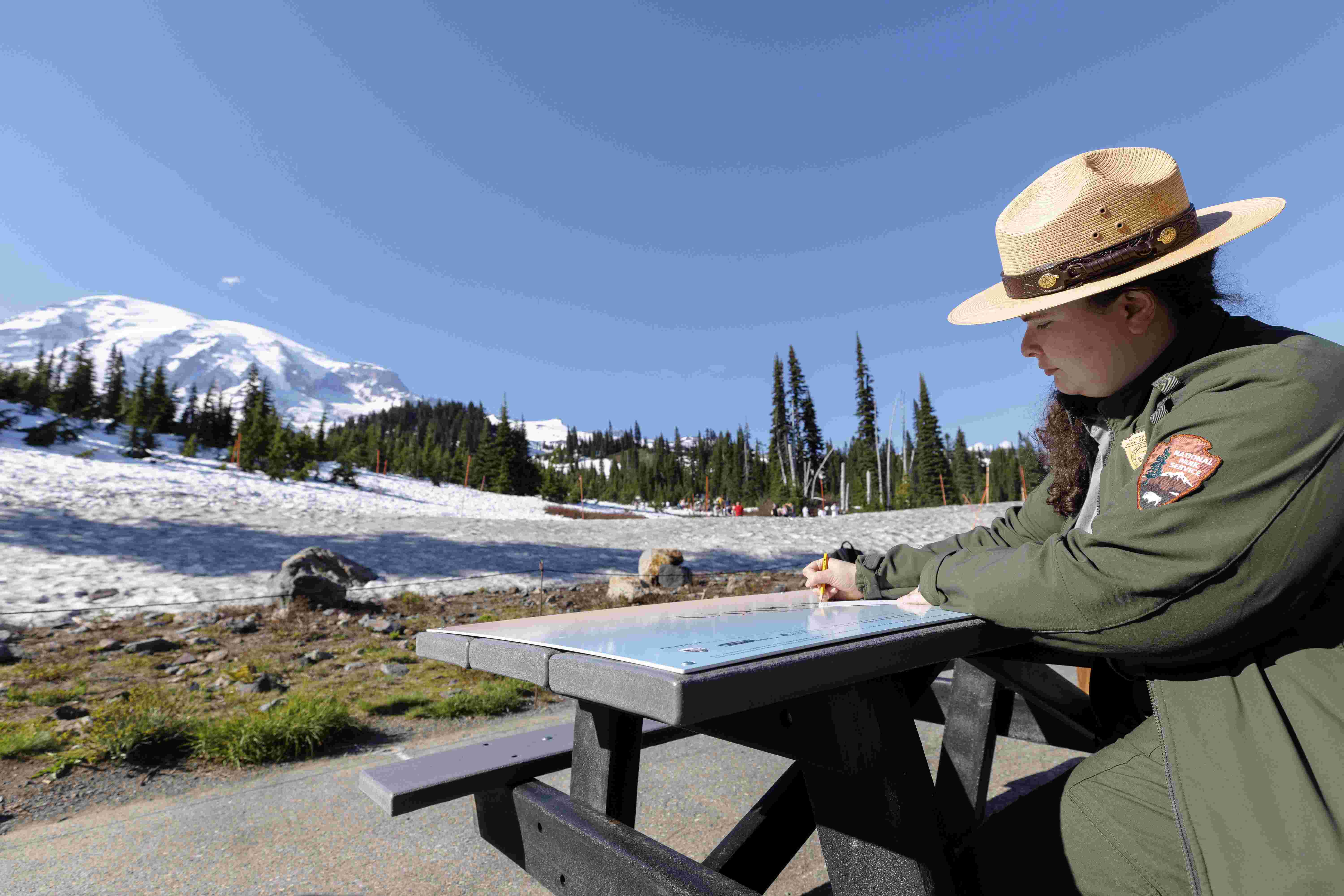Mount Rainier para activities offer thrilling experiences for adventurers seeking to explore the majestic peak. This comprehensive guide covers weather conditions, hiking trails, camping information, and climbing permits for Mount Rainier. Whether you’re planning a paragliding adventure or a mountaineering expedition, this article provides crucial details to ensure a safe and enjoyable experience on one of America’s most iconic mountains.
What Are the Weather Conditions for Mount Rainier Para Activities?

Understanding the weather patterns is crucial for planning any para activities on Mount Rainier. The mountain’s weather can be unpredictable and varies significantly with elevation.
Temperature Ranges
- Paradise (5400 ft):
- November highs: Around 47°F (8°C)
-
November lows: Around 37°F (3°C)
-
Longmire (2760 ft):
- November highs: Around 54°F (12°C)
-
November lows: Around 31°F (-1°C)
-
Higher Elevations:
- Camp Muir (10188 ft) and Summit (14411 ft): Mid-30s to mid-40s Fahrenheit (-1 to 7°C)
Precipitation Levels
November is generally cool and dry, but visitors should be prepared for:
– Occasional rain and snow showers
– Snow levels dropping to around 10,500 feet
– Potential deep low-pressure systems producing showers, especially on weekends
Wind Conditions
Wind speeds vary greatly depending on elevation:
– Summit: Average around 20 mph
– Camp Muir: Average around 15 mph
– Lower elevations (Paradise and Longmire): Typically lighter, around 5 mph
Which Hiking Trails Are Suitable for Mount Rainier Para Enthusiasts?

For those interested in mount rainier para activities, familiarizing yourself with the hiking trails is essential. Here are some key routes:
- Disappointment Cleaver Route
- Length: ~17 miles round trip
- Elevation gain: ~9,000 feet
- Difficulty: Very challenging
-
Access: Paradise Visitor Center
-
Emmons Glacier Route
- Length: ~18 miles round trip
- Elevation gain: ~9,000 feet
- Difficulty: Very challenging
-
Access: White River Campground
-
Tolmie Peak Trail
- Length: ~7.2 miles round trip
- Elevation gain: ~1,700 feet
- Difficulty: Moderate
- Access: Mowich Lake
These trails offer varying levels of difficulty and spectacular views, making them ideal for acclimatization and preparation for para activities.
What Camping Options Are Available for Mount Rainier Para Adventurers?
Camping near Mount Rainier provides a convenient base for para activities. Here’s what you need to know:
Campsite Availability and Reservations
- Popular campgrounds: Cougar Rock, Ohanapecosh, and White River
- Reservations: Available through recreation.gov for peak season
- First-come, first-served options available for some sites
Amenities and Costs
| Amenity | Availability |
|---|---|
| Restrooms | Yes |
| Potable Water | Yes |
| Picnic Tables | Yes |
Camping fees range from $20 to $30 per night, depending on the specific campground.
How Can I Obtain Climbing Permits for Mount Rainier Para Activities?
Securing the proper permits is crucial for any mount rainier para activities involving glacier travel or summit attempts.
Application Process
- Submit applications through the Mount Rainier National Park website
- Cost: $51 per person
- Additional $30 per person reservation fee for advance bookings
Key Regulations
- Mandatory registration at the climbing information center before starting the climb
- Group size restrictions apply
- Experience level requirements must be met
- All climbers must adhere to Leave No Trace principles, including carrying out all trash and human waste
What Safety Precautions Should Mount Rainier Para Enthusiasts Take?
Safety is paramount for all mount rainier para activities. Here are essential precautions:
- Weather Monitoring:
- Check forecasts regularly
-
Be prepared for sudden changes in weather conditions
-
Equipment:
- Use proper gear suitable for alpine conditions
-
Carry emergency supplies including first aid kit and communication devices
-
Training:
- Ensure adequate physical fitness
-
Practice necessary skills such as glacier travel and crevasse rescue
-
Communication:
- Inform others of your plans
-
Carry reliable communication devices
-
Acclimatization:
- Allow time to adjust to high altitudes
- Be aware of altitude sickness symptoms
By following these guidelines and respecting the mountain environment, mount rainier para enthusiasts can enjoy a safe and exhilarating experience in one of America’s most breathtaking national parks.
References:
1. VisitRainier.com: Weather and Road Conditions
2. University of Washington: Mt Rainier Recreational Forecast
3. National Park Service: Mount Rainier Climbing Information
